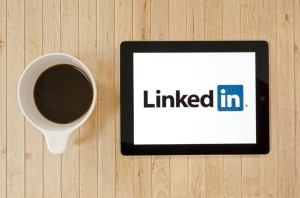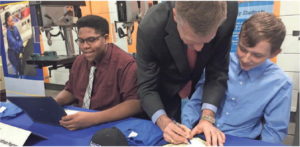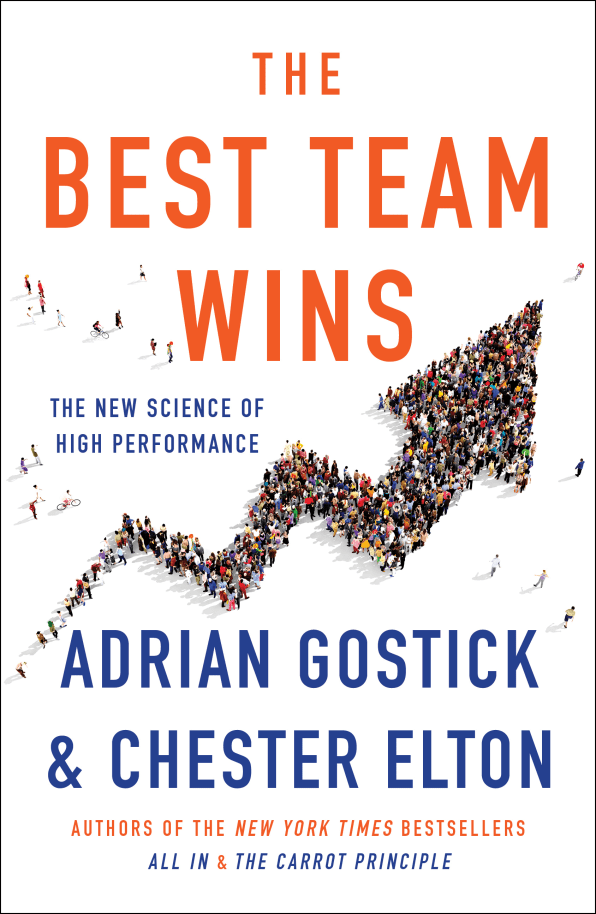#JobSearch : What to do if Suddenly Unemployed. Here are Some Things you Can do Right Way.
When I was laid off from my sales job in my early 20’s, I was shattered. It was a blessing but back then, I was terrified. I was living alone, paycheck to paycheck, and didn’t know anything about unemployment as I had been working since I was 15. I didn’t have savings, because I didn’t make much money and, you know, 𝘴𝘩𝘰𝘦𝘴.
Today’s job seekers have such a wealth of resources available at their fingertips. Here are some things you can do right away:
FINANCES
✅ Apply for unemployment benefits. The sooner you do this, the sooner you’ll receive a check.
✅ Ask about health insurance. Will the company extend it? Check out healthcare dot gov for coverage.
✅ Look at your savings. Spend slowly, only pay monthly minimums. Ask for a loan, if possible.
✅ Talk to your lenders. Many will give you a two or three-month grace period before having to make a payment again.
Like this Article? Share It! You now can easily enjoy/follow/share Today our Award-Winning Articles/Blogs with Now Over 2.5 Million Growing Participates Worldwide in our various Social Media formats below:
LinkedIn: https://www.linkedin.com/in/chris-g-laughter-b46389198/
Twitter: Follow us @ firstsunllc
Best Daily Choice: Follow the Best of FSC Career Articles/Blogs @
https://twitter.com/search?q=bestoffscblog&src=typeahead_click
Question: Want the ‘the best/current articles/blogs on the web’ on Job Search, Resume, Advancing/Changing your Career, or simply Managing People?
Answer: Simply go to our FSC Career Blog below & Type(#Jobsearch, #Resume, or #Networking) in Blog Search: https://www.firstsun.com/fsc-career-blog/
What Skill Sets Do You have to be ‘Sharpened’ ?
Did you know? First Sun Consulting, LLc (FSC) is celebrating over 30 years in the delivery of corporate & individual outplacement services & programs to over 1200 of our corporate clients in the U.S., Canada, UK, & Mexico!
We here at FSC want to thank each of corporate partners in the opportunity in serving & moving each of their transitioning employee(s) rapidly toward employment !
Article continued …
RELATIONSHIPS
✅ 𝗔𝘀𝗸 𝗳𝗼𝗿 𝗿𝗲𝗳𝗲𝗿𝗲𝗻𝗰𝗲𝘀. Ask for a reference from your boss or co-workers before you leave. Not only will this help you while job searching, you’ll feel better as well.
✅ Reconnect with your network. Before you start sending out resumes, optimize your LinkedIn profile so your connections will know what you are up to when you reach out to them.
PLANNING
✅ Create or revise your career plan. Whether this came as a surprise or not, take time to develop your career plan. Ask yourself questions about what you want to do next. Do you want to stay in your current industry or try something new?
✅ Reward yourself when you reach milestones. When you’ve written a couple versions of your resume or cover letter, treat yourself to a nice dinner. When you’ve made the phone calls or reached out to your target companies, take a break and enjoy something you like to do.
ATTITUDE
✅ 𝗦𝘁𝗮𝘆 𝗽𝗼𝘀𝗶𝘁𝗶𝘃𝗲. Remember, this is only temporary. You’ll be working again before you know it.
✅ Don’t feel sorry for yourself. Continually talking about it can create a rut that can be difficult to get out of. Take a day to reflect on the situation, then move forward.
If you find yourself unemployed, take a breath! Just remember, most people who want jobs have them. You will eventually have a job. So, think through your finances, your network, our plan, and keep a positive attitude. But keep taking steps forward. And if you need professional help with your career documents or coaching, don’t be afraid to ask for it.
FSC Career Blog Author: Erin Kennedy, MCD, CMRW, CPRW, CERW, CEMC, is a Certified Professional Resume Writer/Career Consultant, and the President of Professional Resume Services, named one of Forbes “Top 100 Career Websites”. Considered an influencer, she is consistently listed as a “Top Career Expert to Follow” on Twitter and LinkedIn.
FSC Career Blog – April 6, 2021













